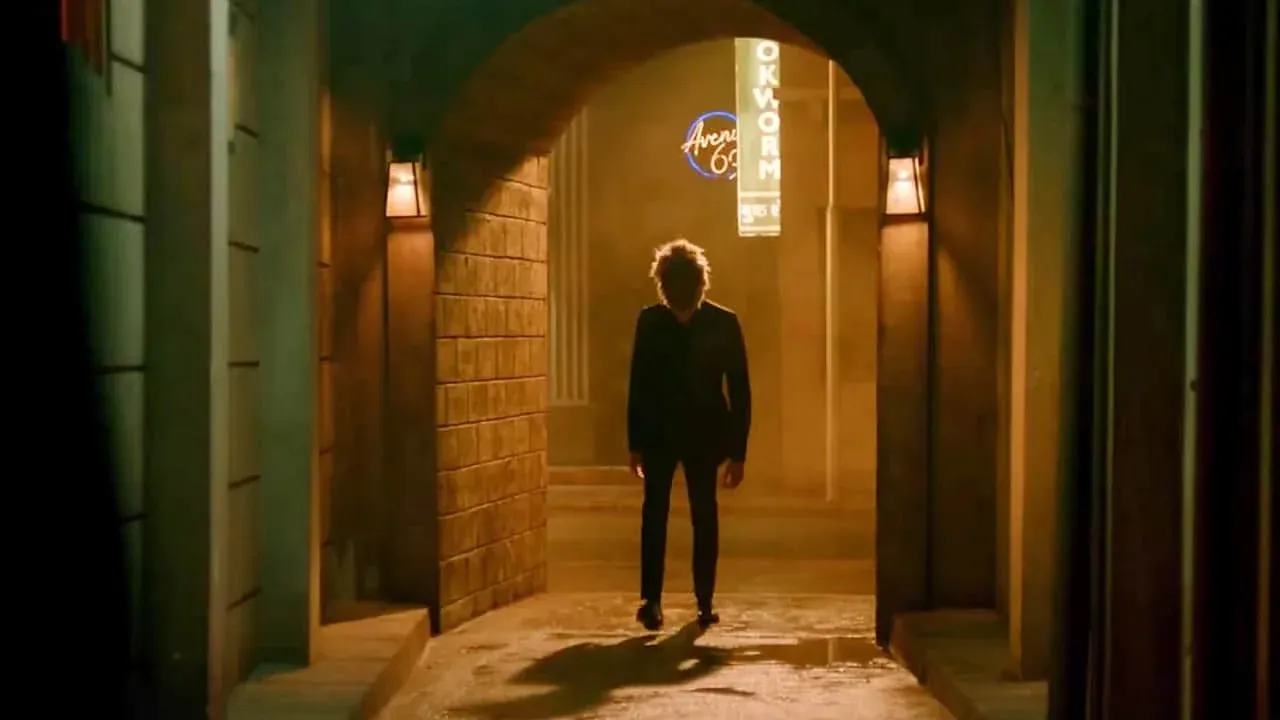Monkey Man
“Oo-oo-oo, I wanna be like you-oo-oo! I wanna walk like you, talk like you, beat dozens of people to death with my bare hands like you!”
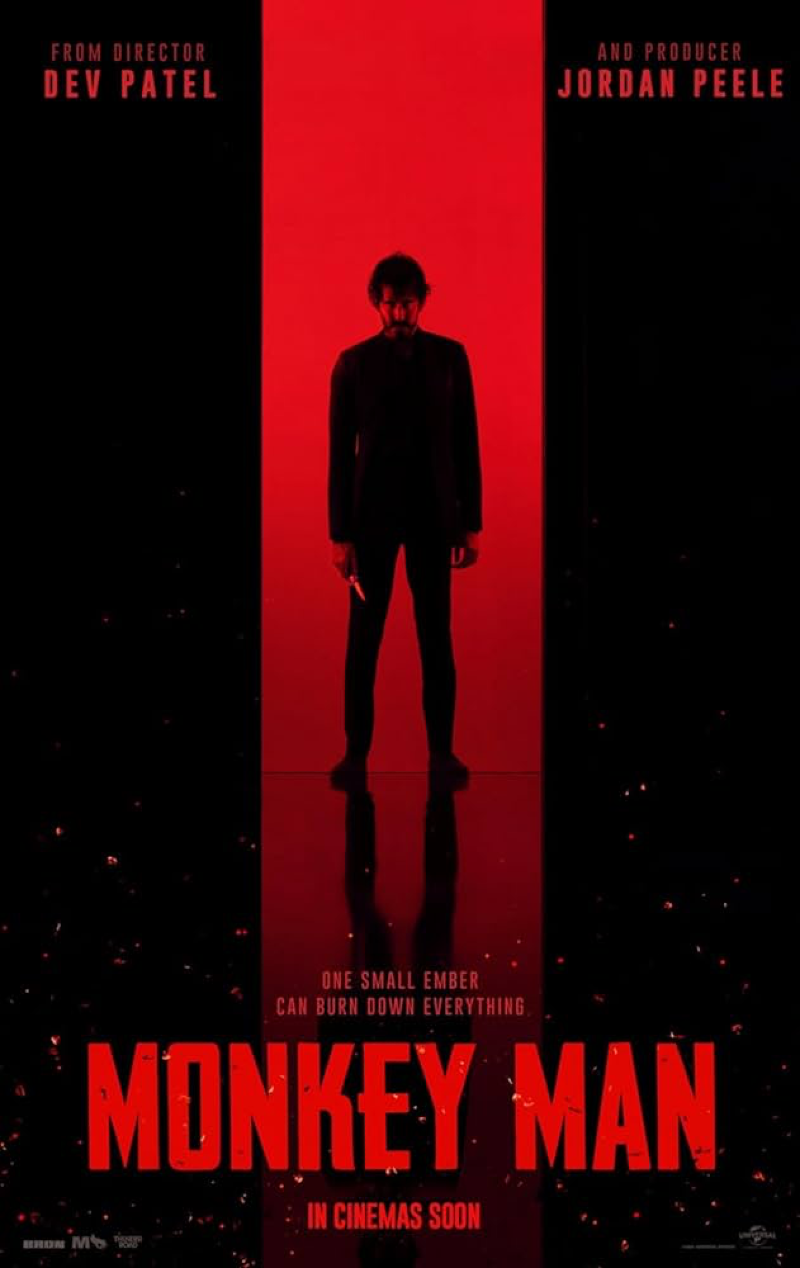
A young fighter finally gets a chance to take revenge on the man who wronged him many years ago, only to find at the last moment that he is not yet equal to the task. At his lowest point, he discovers his true purpose, and then... he is finally ready to fulfill his destiny.
Set in the fictional Indian city of Yatana, a world of extreme wealth inequality, Monkey Man is the story of revenge, and of the undying rage of the have-nots, the ignored, the stepped-on, and the oppressed.
Pulling inspiration from the Hindu God Hanuman, whose tales seem to mostly center around defiance against oppression, an unnamed young fighter makes his living in an underground fight club, a place run by a greasy South African scumbag (played by Sharlto Copley—remember when everyone thought he was a big deal?). He fights every night in a gorilla mask, going by the name Kong the Monkey, where he faces such Jungle Book stalwarts as King Kobra, Sher Khan, and Bhalu the Bear. Most nights, he loses, but he earns extra money if he bleeds. It’s a hard and brutal existence, but it is one that shows us clearly that this young fighter will not give up, he will not stay down, and he won’t stay be beaten for long.

This is good, because outside the ring, his true enemies are the same as everyone else’s enemies… the rich, the powerful, the priests, and the vicious cops at their beck and call, but the young fighter has a plan to take his revenge on them.
It’s a plan he has been working on for a long time.
After a carefully coordinated act of thievery, utilizing his fellow denizens of the street, he manages to get an entry level job at the preferred club of the most rich, most powerful, and most important power players in the city, including the ones who will eventually be revealed as his targets, the ones who destroyed his life long ago in the forest village of his birth. Y’see, this is all a long set up, the culmination of a carefully considered and executed plan, as he works his way up into a position of delivering drugs to the VIP-est section of the VIP club, all so he has a chance to take out his target, a corrupt police chief with a jagged scar cutting a line across his face, gifted to the man by the young fighter’s long dead mother.
Calling this first attempt to have his revenge an “extended action sequence” is a bit of an understatement.
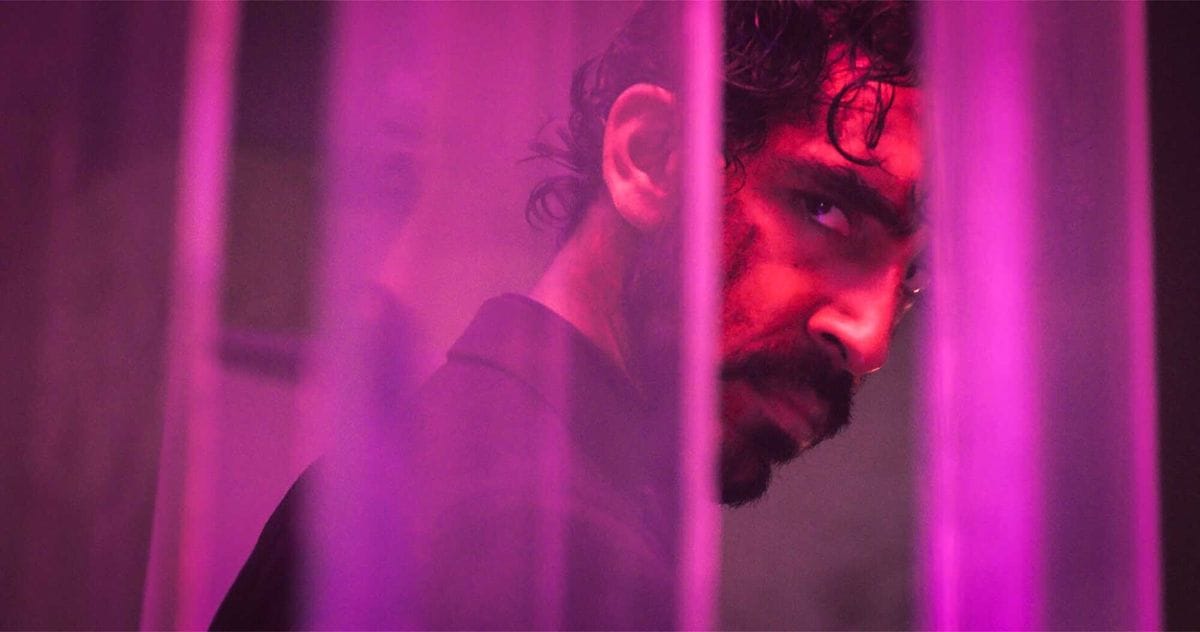
But unfortunately, the young fighter isn’t ready, and he misses his mark, and after finding himself on the run from what seems like pretty much every cop in the city, he is shot down, and falls into the river.
From there, he is rescued by Alpha, the keeper of a local temple devoted to Ardhanarishvara, the Hindu deity that is depicted as half-male and half-female, and represents the synthesis of masculine and feminine energies of the universe. The temple is a sanctuary for Yatana's hijra community, which in Western terms, are feminine-identifying people assigned male at birth, considered neither male nor female, and are recognized as a third gender throughout India. Alpha and the others are being targeted by the local ultraconservative movement, which happens to be the same group that the young fighter’s enemies belong to. They all become fast friends, as Alpha and the hijra nurse the young fighter back to health.
Things slow down a bit here, especially after that first 45 minutes of slow build up and intense action, but it is here that the young fighter, through the usual religious mumbo-jumbo, as well as some powerful psychedelics, finally embraces his destiny as the righteous fist of god, and is forged into the weapon of the people.
So, you know what that means… training montage!
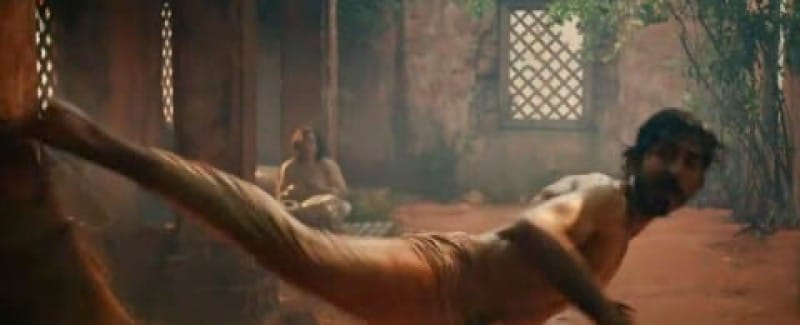
Hearts! On! Fiiii-re! Strong deee-siiii-re!
It’s not the best sequence. Even worse, it not only drags a bit, but it also feels a little sparse and underdeveloped. But this is the film’s basic narrative breakdown… a lengthy set-up, followed by a lengthy action sequence, then a second lengthy set-up, and then it’s finished off with a second lengthy action sequence. This is also the root of the basic problem with the movie, and that’s that whether it’s a set-up or an action sequence, it overstays its welcome.
This is especially true of the end fight.
The end fight is the usual "one man versus a thousand" fight sequence, the kind of thing where you can’t help but think how lucky the hero is that the bad guys didn’t just stand back and machine gun him. That said, Alpha and the other hijra all turn out to be more than capable of kicking a ton of ass too, and they show up part way through the fight, dressed to party.
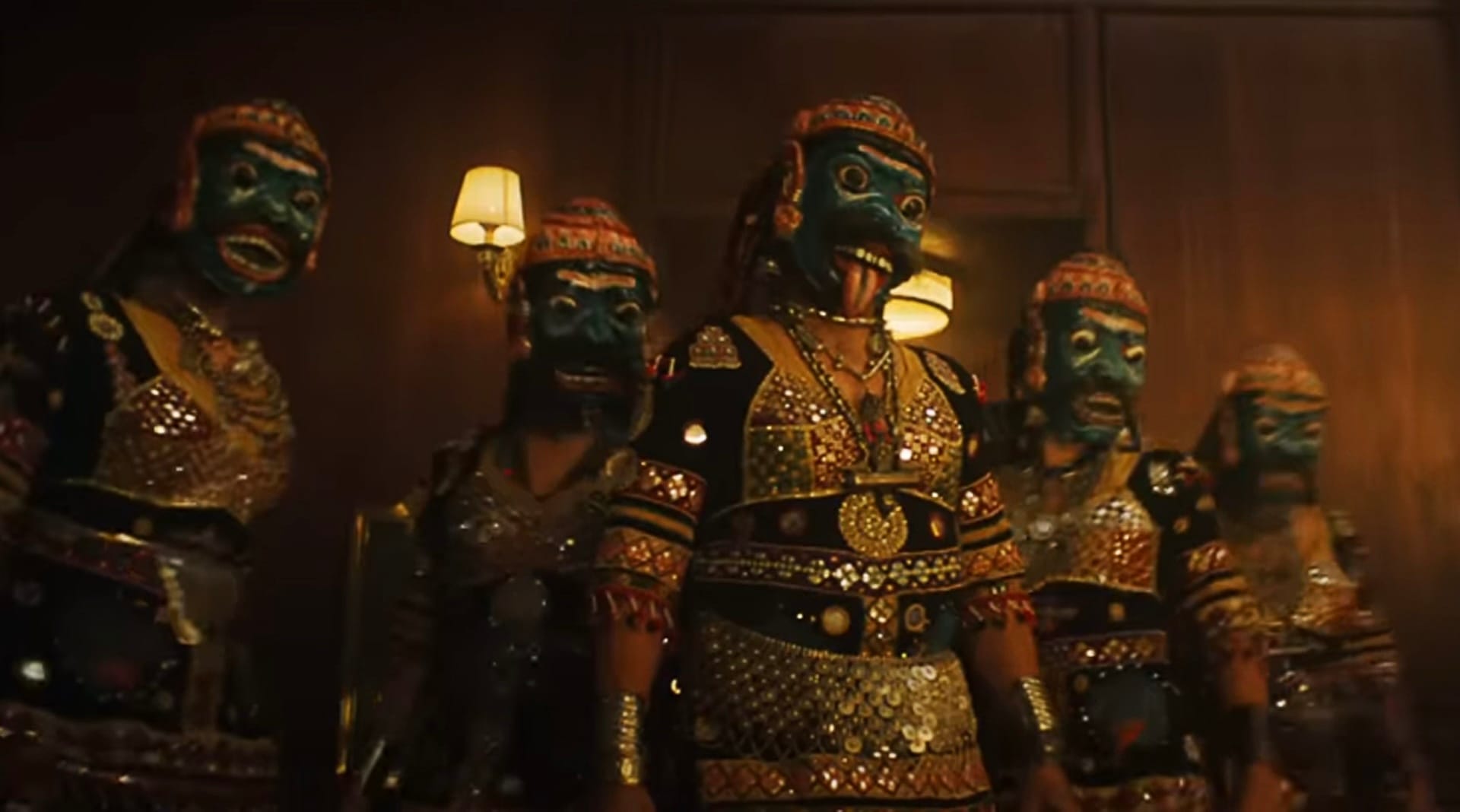
This is a good example of the film’s upside, and that‘s that even though this film generally overstays its welcome, there’s still plenty of cool shit happening here too.
But much like with the film RRR, there is clearly some Indian political subtext going on here too, which is something I know nothing about, so I’ll leave that to people with more knowledge of it than me to comment on. But honestly, I really don’t think you really need to understand the full subtext in order to be able to see that this film is in way over it’s head. This movie touches on multiple subjects, on religion, on mythology, on wealth inequality, and politics, among others, all while having way t00 many flashbacks, and all in a story that is mostly about fisticuffs, so even without understanding the context of all of its attempted commentary, it still feels really clunky. And I doubt that understanding the context will make this film seem less clumsy.
On top of all that, this is a film that very obviously believes itself to be much much artier and deeper than it is. That’s not all that surprising really. Dev Patel isn’t just the star, he’s also the writer and producer too, not to mention that this film is also his directorial debut too. This is traditionally the time when an actor will stick his head as far as possible up his own ass.
Which he does.
This is most apparent when the camera is rolling around unnecessarily during fight scenes, doing the fight choreography no favors at all. It’s also shown in the way that, by the end of the film, it's not so much that the fights are overwhelming, as they have grown to be old hat at that point. You’ve seen it by then, y’know? After awhile, there’s only so many different ways you can beat up a roomful of bad guys before it seems a little rote, and knowing what to cut from a story, how to maintain momentum, while balancing it against showcasing your skills, in short... which darlings to kill, this is a skill that only a veteran can truly develop.
Still, there’s some good work here. The film often looks great. I loved the palette. In general, I walked away feeling like Patel does have potential. Really, this film mostly feels like a valiant over-effort from a talented neophyte director, a passion project with a bit too much passion.
I think he’ll hone his craft more in the future.
So… not bad, but not great. Moneky Man in a good enough time at an afternoon matinee. If this sounds like something that might be up your alley, you'll enjoy it.
